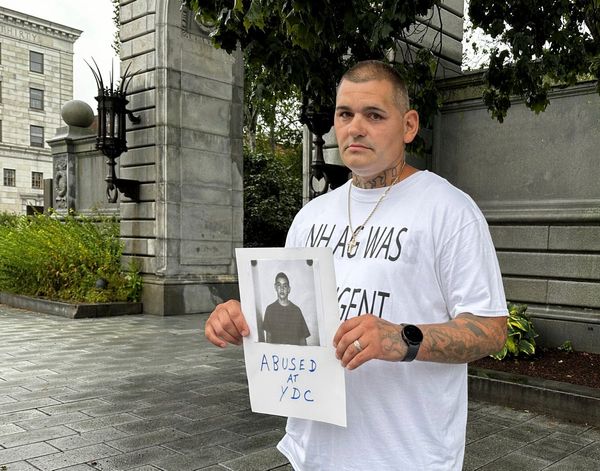Taking paracetamol and ibuprofen is the best way to relieve the misery of backache, according to new research. The over-the-counter painkiller paracetamol is ineffective on its own against the world's leading cause of disability which affects four-in-five adults.
But it rapidly reduces symptoms when combined with non-steroidal anti-inflammatory drugs (NSAIDs) such as Ibuprofen. Lead author Dr Alice Baroncini, of RWTH University Hospital in Aachen, Germany, said: "This is a first step towards the optimisation of the management of acute low back pain.
"However, specific patient characteristics such as having allergies and comorbidities must always be taken into consideration."
The international team pooled data on 18 studies from around the world involving almost 3,500 individuals. Greatest improvement was observed when paracetamol and NSAIDS were administered in tandem. They also include naproxen, diclofenac and celecoxib.
The study in the Journal of Orthopaedic Research could lead to better treatments. In Britain it accounts for seven million trips to the GP each year. Causes range from a pulled muscle to a slipped disc.
Dr Baroncini said: "Acute low back pain imposes a significant socioeconomical burden as it is the condition that, worldwide, causes the most disability."
But previous research regarding the best management of is limited and advice available in medical literature is conflicting. Dr Baroncini and colleagues investigated if medications can effectively reduce pain and disability - and identified those which showed the most benefit.
The analysis found muscle relaxants and NSAIDs were effective after about a week. Dr Baroncini said: "The combination of NSAIDs and paracetamol was associated with a greater improvement than the use of NSAIDs alone.
"But paracetamol alone did not induce any significant improvement."
Doctors say thousands of over-65s are failing to manage long-term conditions. Back pain is the number one cause of years of living with disability.







